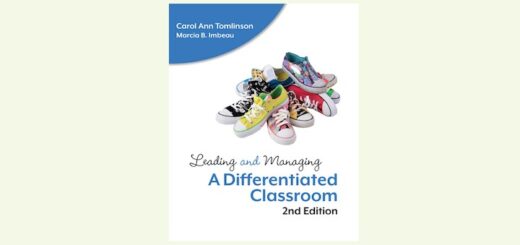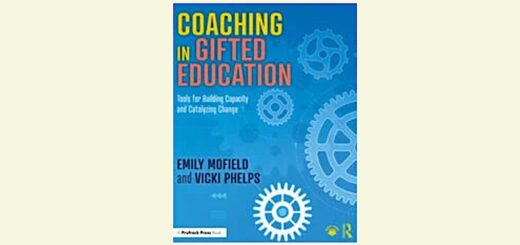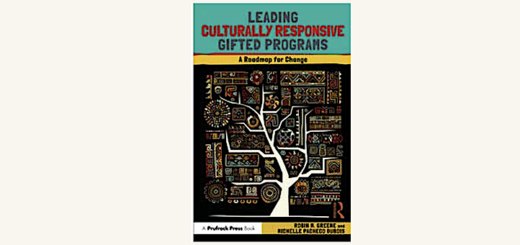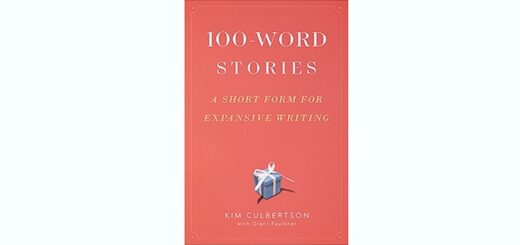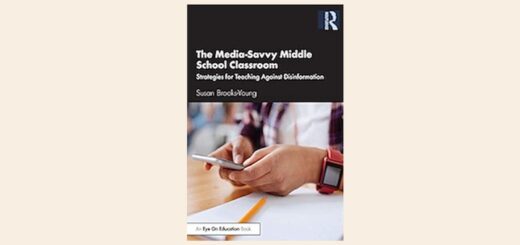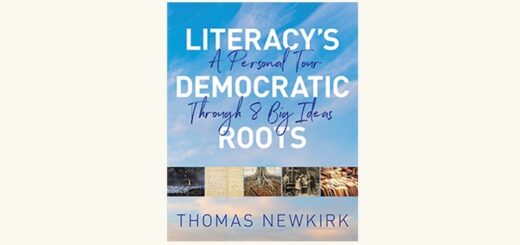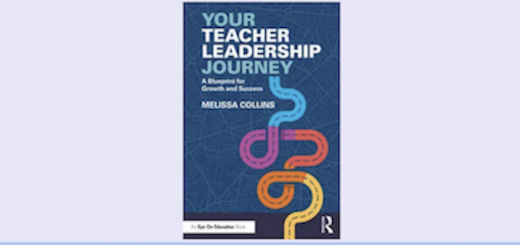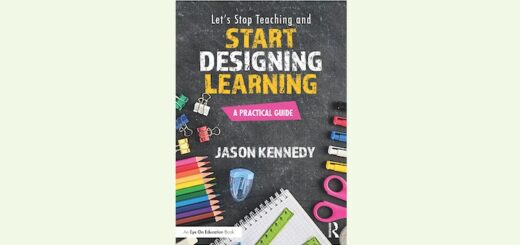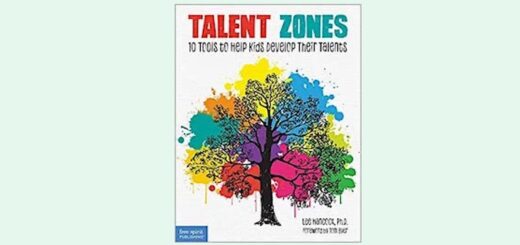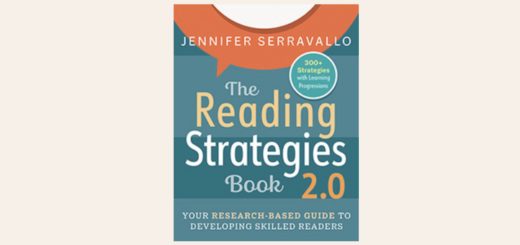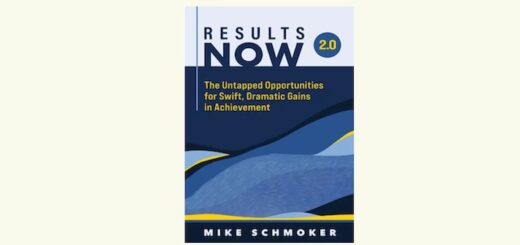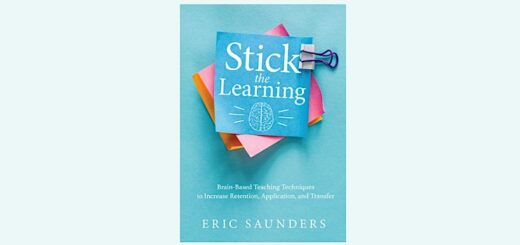What Kind of Feedback Best Motivates Students?
By Larry Ferlazzo
 We teachers are feedback “machines” – we do it all day long! And there’s enough advice out there about how to do it to fill countless books.
We teachers are feedback “machines” – we do it all day long! And there’s enough advice out there about how to do it to fill countless books.
Let’s focus on a few ways that researchers recommend (and I have used) that appear to be particularly effective at enhancing students’ sense of competence and also assisting in the development of intrinsic motivation.
Feedback to support a growth mindset needs to focus on praising specific actions and the effort that went into them, including learning strategies that students use – not on giving evaluative judgments about what kind of person you think the student might be.
In other words, saying “Wow, Pablo, I was very impressed that you spent the time to write two drafts of the essay, and I saw that you asked Danny to read it and give you suggestions. Revising drafts is key for developing good final completed versions, and your classmates can be a good source for suggestions. It really paid off in an excellent final version” could be promoting a growth mindset because it praised the effort he put into it, the learning strategies he used, and the fact that he asked for help.
As Yeager, et al (2013, p. 65) wrote in “Addressing Achieving Gaps with Psychological Interventions” —
Effective growth mindset interventions challenge the myth that raw ability matters most by teaching the fuller formula for success: effort + strategies + help from others.
Saying, “Wow, Mary, I loved your essay. You’re a great writer!” could be supporting a fixed mindset. In Mary’s example, you are emphasizing the outcome and not acknowledging the process that went into it, perhaps leaving her with the impression that she’s a natural and doesn’t need to make much effort.
Of course, these two examples are a bit of an exaggeration – it’s unlikely one piece of feedback is going to set a student on a life-long path towards a growth or fixed mindset. However, a school year’s worth of teacher commentary could have a substantial impact on how students see themselves.
What about critical feedback?
The process-praising model might be fairly easy for teachers to remember and do. But what about when we have to give more critical feedback? How can we do that and promote a growth mindset, or at least help ignite some intrinsic motivation?
First, we want to make sure we’re looking for opportunities to give much more positive than critical/negative feedback. Research varies on the appropriate ratio – from a positive to critical ratio from 3:1 to 5:1 (Pozen, 2013; Terada, 2021). In my experience, I think just making sure you are conveying more positivity than negativity is sufficient enough.
However, might there also be a way we can provide critical feedback without the student viewing it as negative or critical? I think so, and that’s why I’m a big fan of Pixar Studios’ feedback strategy called “plussing” (Tugend, 2013). Simply put, “plussing” replaces the words “but” and “no” with “and” and “what if.”
So, instead of telling Jackson…
“No, this is not an acceptable essay. The outline I gave you clearly laid out the parts it needed to include, but you’re missing several parts. Go back and redo it,”
we could say…
“I like what you have written so far. Let’s take a look at the outline I passed out. What if you included much of what you have already written and added these two parts. I think that would make an excellent essay. What do you think?”
What if “plussing” doesn’t seem to work for the situation? Some researchers suggest that critical feedback causes the least damage to intrinsic motivation when it includes specific suggestions on how to improve and when it’s communicated in person (Fong et al., 2019).
Dr. Robert Brooks suggests that this kind of feedback include a “we” statement like “This strategy you’re using doesn’t seem to be working. Let’s figure out why and how we can change the strategy so that you are successful” (Brooks 2007 as cited in Washburn, 2017, para. 11)
Distrustful students? Try “wise feedback.”
Another strategy, called “wise feedback,” has been shown to be particularly effective at enhancing motivation among African American students who may be distrusting of school because of previous experiences (Yeager et al., 2014).
This three-step method begins by the teacher communicating high expectations to the student, then conveying faith in the student’s ability to achieve those expectations, and next sharing specific feedback on what the student can do to improve (Center for Teaching Innovation, 2021).
It could sound something like this:
“Writing an argument essay may be one of the most difficult kinds of essays to write, and being able to do it well will put you in a position of being able to write pretty much anything else you’re asked to do.
“I know you can do it because I have seen the high quality of your writing in the past. I’d like you to look again carefully at the examples of effective claims that I gave the class yesterday and see if you can notice any differences between yours and them. Then, I’d like you to revise what you’ve written.”
More Advice about Giving Feedback
For an extensive collection of advice on how to give feedback from students, much of which comes from people who are far smarter than me, visit “The Best Resources for Learning How to Best Give Feedback to Students.”
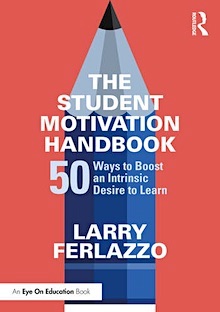 Larry Ferlazzo teaches English, Social Studies and International Baccalaureate classes to English Language Learners and English-proficient students at Luther Burbank High School in Sacramento, California. His recently released The Student Motivation Handbook: 50 Ways to Boost an Intrinsic Desire to Learn (Routledge/EOE, 2023) is already a bestseller.
Larry Ferlazzo teaches English, Social Studies and International Baccalaureate classes to English Language Learners and English-proficient students at Luther Burbank High School in Sacramento, California. His recently released The Student Motivation Handbook: 50 Ways to Boost an Intrinsic Desire to Learn (Routledge/EOE, 2023) is already a bestseller.
Larry is the author or editor of 13 books for educators. He also writes a popular education blog and shares teacher advice from a wide range of educators in his weekly column for Education Week, Classroom Q&A. He hosts a radio show on BAM! Education Radio, and his columns on education policy frequently appear in The Washington Post.
















